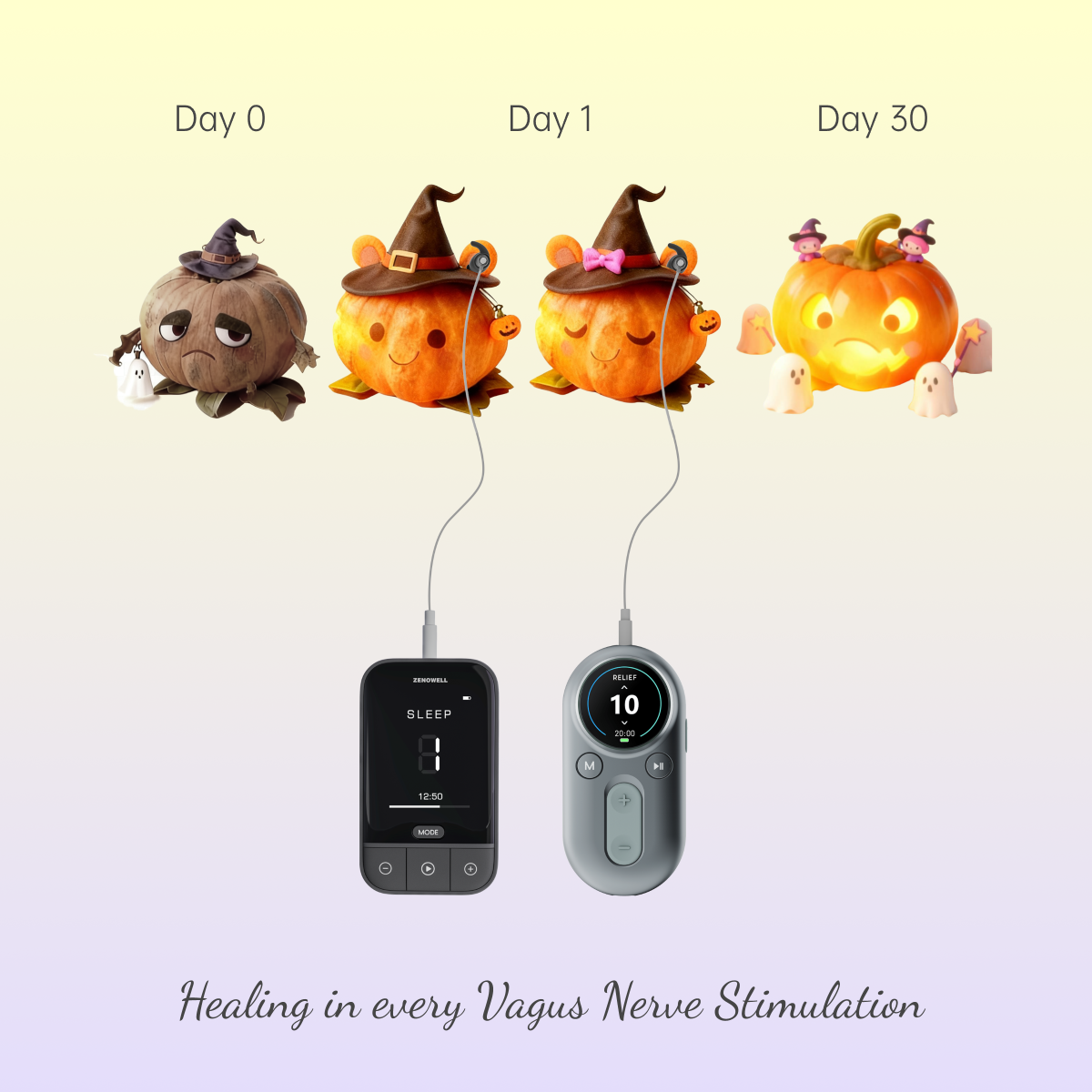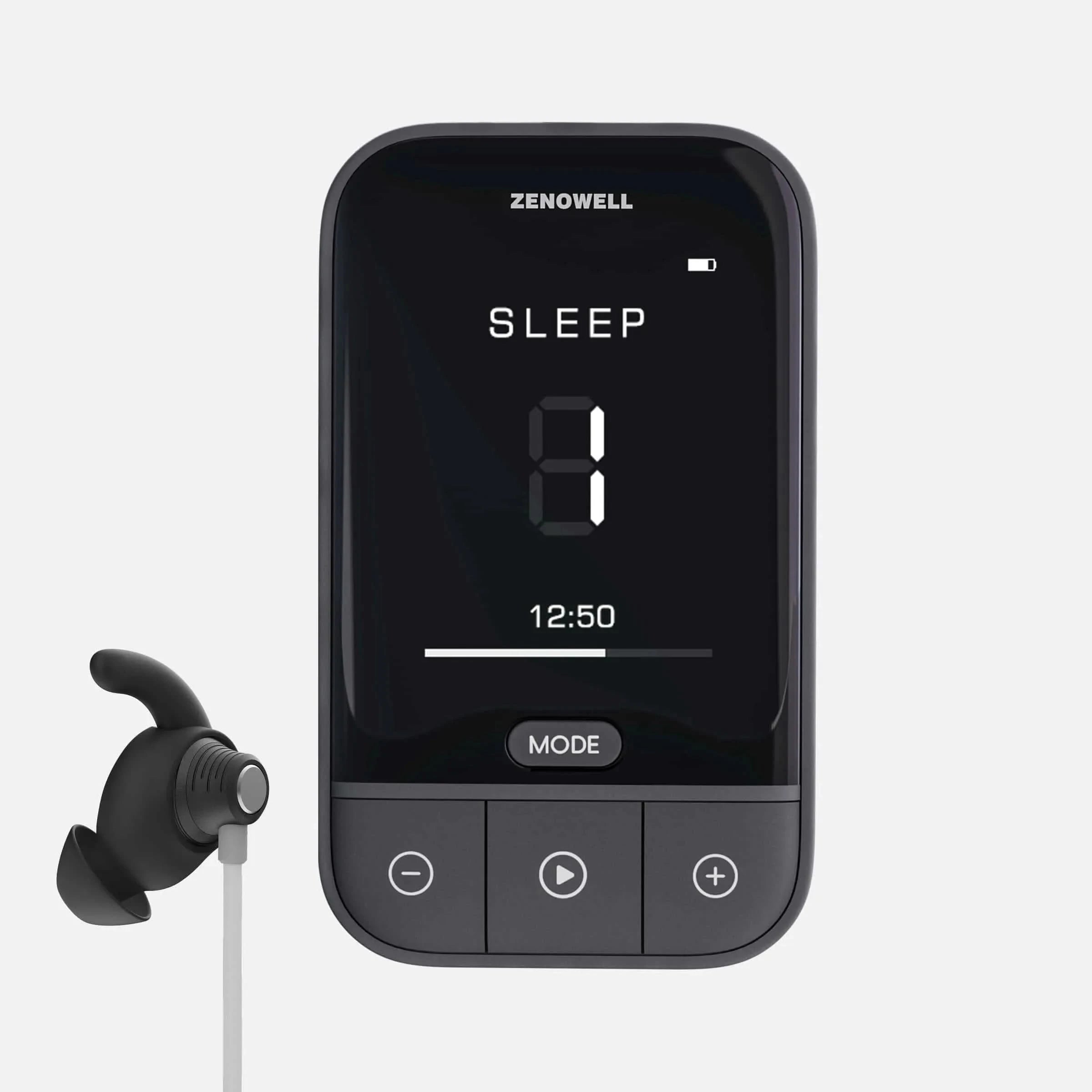A new frontier in cancer pain relief: Exploring taVNS as a non-drug intervention for radiotherapy-related neuropathic pain
Chronic pain after cancer treatment remains a major challenge—especially for patients with head and neck cancers. While radiotherapy plays a crucial role in cancer control, its long-term neurological complications, particularly radiotherapy-related neuropathic pain (RRNP), continue to impair survivors' quality of life. Current first-line medications, such as pregabalin and gabapentin, often fall short in terms of onset speed, tolerability, and long-term effectiveness.
In a recent Phase II randomized controlled trial published in The Lancet’s open-access journal eClinicalMedicine, researchers investigated a novel neuromodulation strategy: transcutaneous auricular vagus nerve stimulation (taVNS). The RELAX trial represents one of the first large-scale efforts to evaluate the short-term efficacy and safety of taVNS in patients with RRNP.
Chronic pain after cancer treatment remains a major challenge—especially for patients with head and neck cancers. While radiotherapy plays a crucial role in cancer control, its long-term neurological complications, particularly radiotherapy-related neuropathic pain (RRNP), continue to impair survivors' quality of life. Current first-line medications, such as pregabalin and gabapentin, often fall short in terms of onset speed, tolerability, and long-term effectiveness.
In a recent Phase II randomized controlled trial published in The Lancet’s open-access journal eClinicalMedicine, researchers investigated a novel neuromodulation strategy: transcutaneous auricular vagus nerve stimulation (taVNS). The RELAX trial represents one of the first large-scale efforts to evaluate the short-term efficacy and safety of taVNS in patients with RRNP.
What Is RRNP and Why Is It So Hard to Treat?
Radiotherapy-related neuropathic pain is a chronic condition stemming from nerve damage or inflammation caused by cancer radiation treatment. It often manifests months after therapy ends and may last for years, with symptoms such as:
- Burning, electric shock, or stabbing sensations
- Poor response to traditional analgesics like NSAIDs
- Emotional comorbidities, including anxiety, insomnia, and irritability
While medications like pregabalin are standard first-line interventions, they can take over two weeks to provide relief and may cause side effects like dizziness, drowsiness, and cognitive dulling.
The RELAX Trial: Combining taVNS with Pregabalin
Led by Sun Yat-sen Memorial Hospital, the RELAX trial enrolled 116 patients who had undergone radiotherapy at least six months prior and reported moderate to severe RRNP (NRS ≥ 4). All participants received a standard dose of pregabalin (75 mg twice daily) and were randomized into two groups:
taVNS group: Received active transcutaneous vagus nerve stimulation at the auricular concha, 30 Hz frequency, 300 μs pulse width, 30 minutes, twice daily
Sham group: Received a placebo stimulation mimicking taVNS without active current output
The stimulation lasted for 7 days, followed by a 16-week follow-up period.
Key Findings: Rapid Relief Without Added Risk
By Day 7, patients in the taVNS group reported significantly greater reductions in pain intensity compared to the sham group. Subjective improvement was also reflected in PGIC/CGIC scores. Most importantly:
No serious adverse events were reported. Mild skin irritation (8.6%) was the most common side effect and resolved without intervention;
Patients also reported reduced fatigue and improved emotional states.
While the long-term follow-up showed diminishing differences between the two groups, the results underscore taVNS’s potential as a fast-acting, non-drug adjunct for early-phase pain control.
How Does taVNS Work?
taVNS stimulates the auricular branch of the vagus nerve through non-invasive electrodes placed on the outer ear. This activates neural pathways linked to pain modulation, emotional regulation, and immune balance. Mechanisms involved include:
- Enhancing GABAergic inhibition, complementing pregabalin’s mechanism
- Suppressing sympathetic overactivity, restoring autonomic balance
- Activating anti-inflammatory reflexes, reducing pro-inflammatory cytokines
- Boosting brainstem and cortical pain inhibition networks
The Future: From Static Protocols to Smart, Responsive Therapies
The next frontier lies in intelligent, closed-loop taVNS systems that adapt stimulation in real time based on physiological markers—like respiration, heart rate variability (HRV), EEG, and skin conductance. For example, delivering stimulation precisely during exhalation may enhance activation of brain regions such as the periaqueductal gray (PAG), improving both pain control and emotional resilience.
This paradigm shift—from fixed prescriptions to dynamic, system-wide neuromodulation—holds promise not just for cancer survivors, but for a wide range of chronic pain and fatigue-related conditions.
Final Thoughts
The RELAX trial provides compelling clinical evidence for taVNS as a safe, fast-acting, and well-tolerated complement to conventional medications in the treatment of RRNP. As wearable technology and biofeedback integration evolve, taVNS could become a cornerstone of personalized, non-drug pain management strategies—delivering comfort, control, and dignity back into patients' lives.
Reference:
Zuo X, et al. Efficacy and safety of transcutaneous auricular vagus nerve stimulation plus pregabalin for radiotherapy-related neuropathic pain in patients with head and neck cancer (RELAX): a phase 2 randomised trial. eClinicalMedicine, 2025.
















